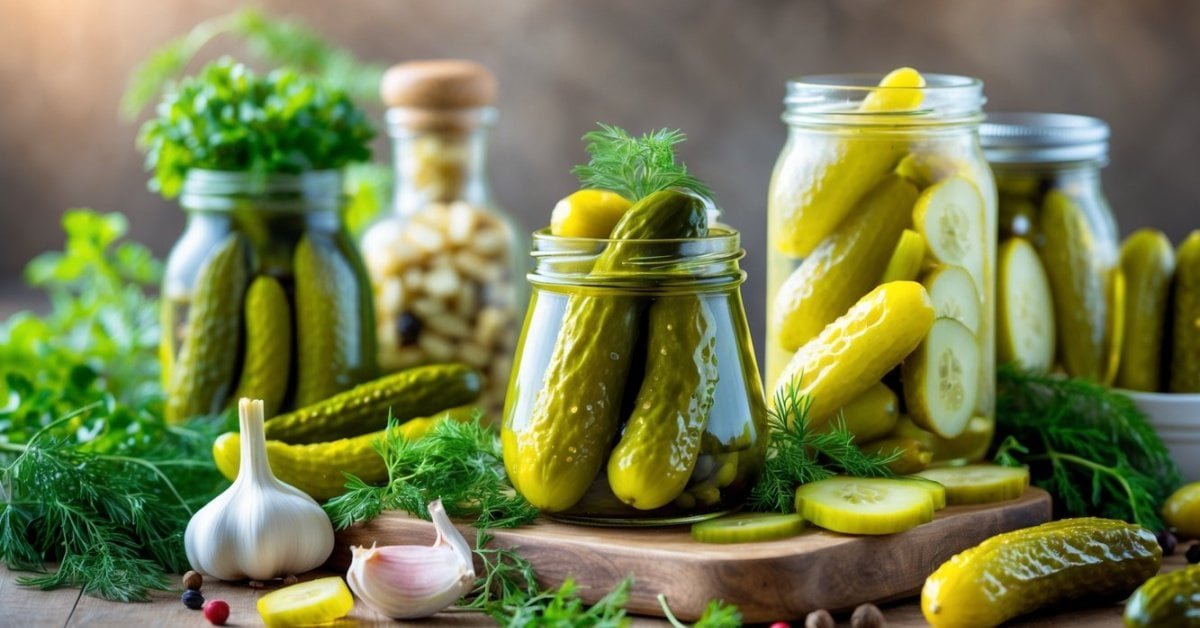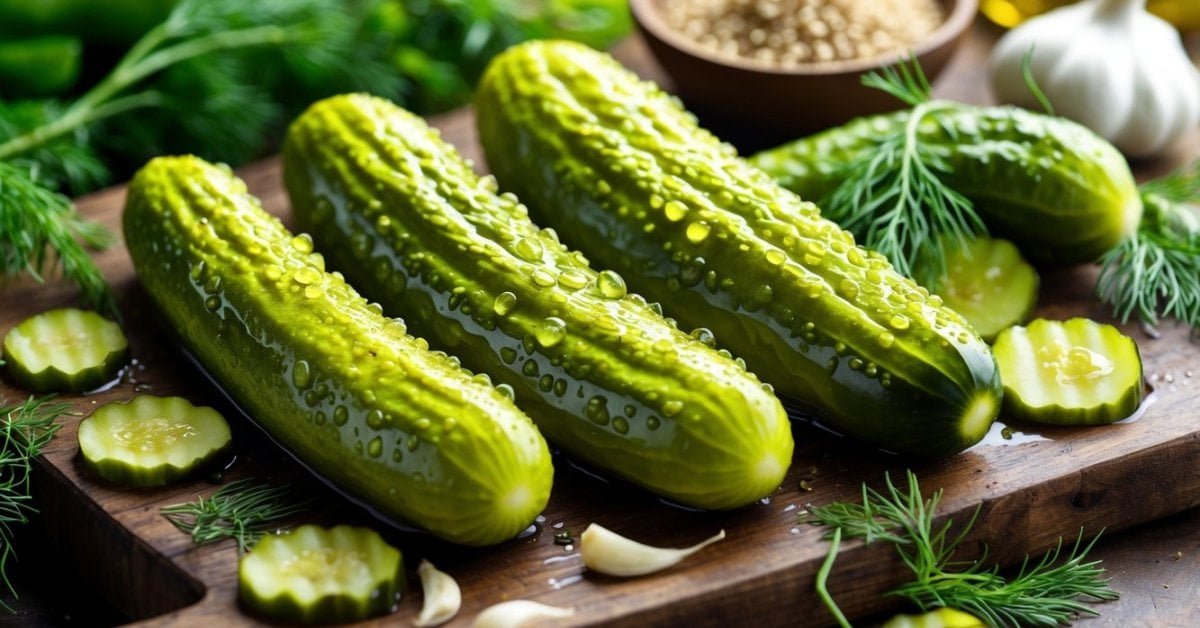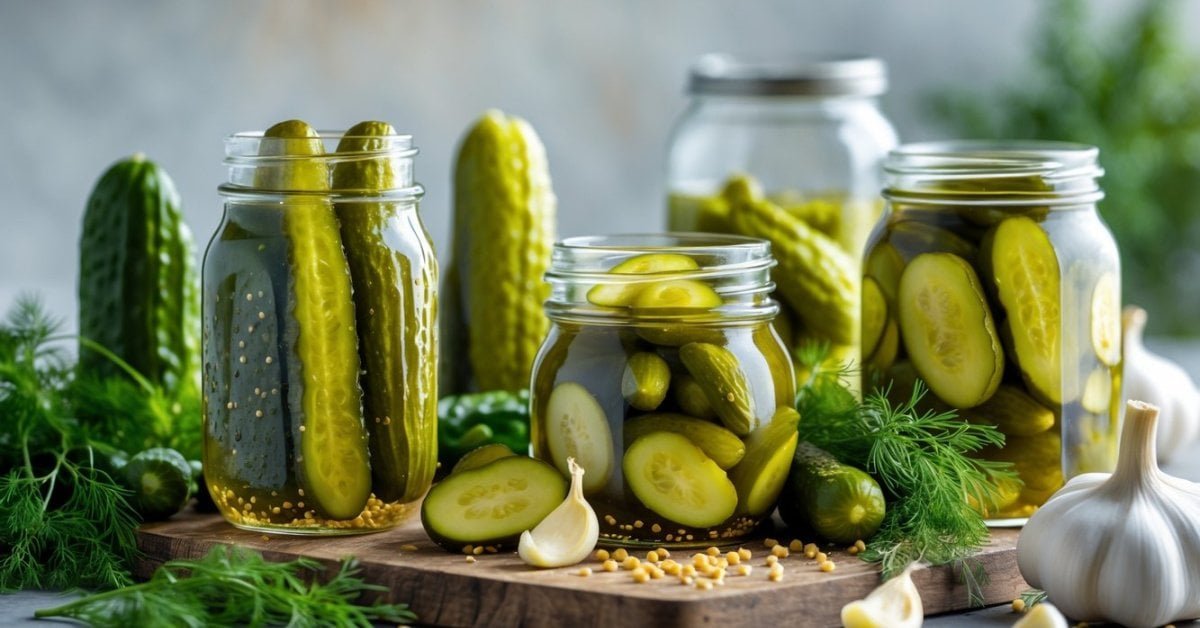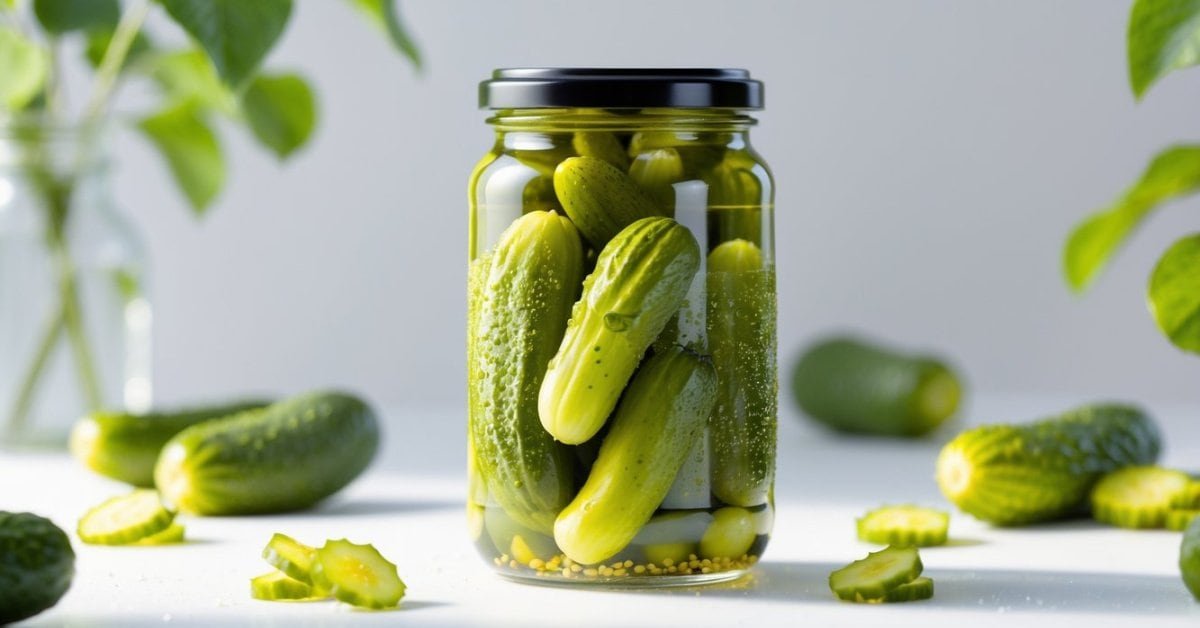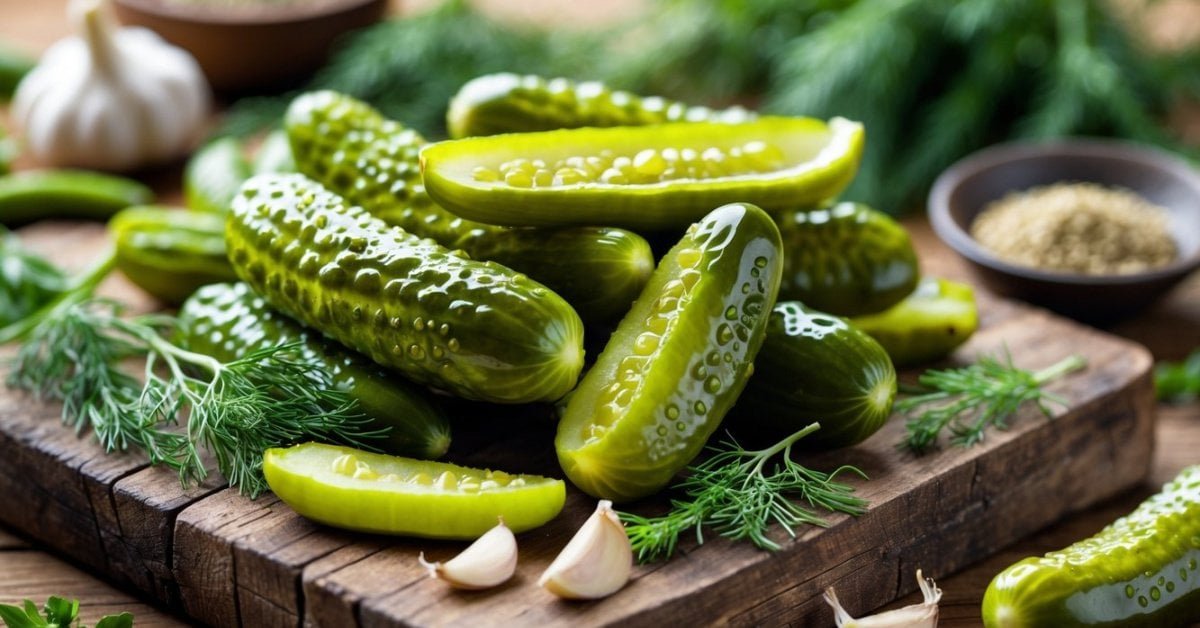Whenever I think about Southern comfort food, chow-chow always pops into my mind. This colorful relish, packed with crunchy veggies and zesty flavors, brings a burst of sunshine to any meal. I love how a spoonful of chow-chow can transform a simple plate of beans or barbecue into something unforgettable.
Growing up, I watched my family gather in the kitchen every summer to chop, mix, and pickle the season’s freshest vegetables. The tangy aroma would fill the house and I couldn’t wait to sneak a taste. There’s just something special about homemade chow-chow—it’s tradition, flavor, and a little bit of Southern magic all in one jar.
What Is Chow-Chow: Southern Mixed Vegetable Relish Recipe
Chow-chow stands as a classic Southern mixed vegetable relish, using chopped green tomatoes, cabbage, onions, peppers, and carrots. I always pack my jars with garden-fresh produce, making every batch bright and crisp. This relish uses vinegar, sugar, mustard seeds, and celery seeds, creating a tangy-sweet flavor with a gentle crunch.
Each vegetable—like green bell peppers, sweet onions, and firm cabbage—offers texture and color. For every 8 cups of chopped vegetables, I add 2 cups of apple cider vinegar and 1 cup of sugar for balanced acidity and sweetness. I stir in 2 tbsp mustard seed, 1 tbsp celery seed, and 1 tbsp turmeric to deepen the flavor and maintain the golden color.
Chow-chow preserves harvest surplus in the pickling process, letting me enjoy the garden year-round. I use the water bath canning method, processing sealed jars for 10 minutes to keep everything shelf-stable and safe for long-term storage. My chow-chow pairs well with Southern staples—like black-eyed peas, greens, or grilled meats—adding vivid color and a burst of brightness to every plate.
Ingredients Needed For Chow-Chow
I use crisp, fresh produce and classic Southern flavors when making chow-chow relish. Each ingredient supports the tangy-sweet, crunchy profile that defines this preserve.
- Green Tomatoes: I prefer firm, unripe tomatoes for texture and tartness.
- Cabbage: I shred green cabbage for a mellow, hearty base.
- Onions: I use yellow or white onions for sharpness and balance.
- Bell Peppers: I mix red and green bell peppers for color and mild sweetness.
- Carrots: I grate carrots to add brightness and a subtle earthy note.
- Hot Peppers: I include jalapeños or Hungarian wax peppers for a hint of heat.
- Apple Cider Vinegar: I choose raw, unfiltered vinegar for acidity and depth.
- Granulated Sugar: I add sugar for sweetness that balances the vinegar’s bite.
- Kosher Salt: I use coarse salt to draw out moisture and season the vegetables evenly.
- Mustard Seeds: I incorporate yellow mustard seeds for classic pickling flavor.
- Celery Seeds: I rely on celery seeds for a distinctive, aromatic undertone.
- Turmeric: I sprinkle in turmeric to brighten the color and add gentle warmth.
- Red Pepper Flakes: I add for gentle spice, if making a hotter batch.
This selection delivers a traditional, crunchy, vibrant chow-chow relish, maximizing the value of homegrown vegetables through pickling.
Step-By-Step Preparation Guide
I prepare chow-chow using a time-tested method that maximizes crispness, color, and shelf life. Every step—from prepping the vegetables to sealing the jars—serves a purpose in building flavor and ensuring safety.
Prepping The Vegetables
I use a sharp chef’s knife to dice green tomatoes, shred cabbage, chop onions, and cut bell peppers into even pieces, each measuring about 1/4 inch. I grate carrots for extra crunch and slice hot peppers thin for even heat distribution. I toss all vegetables in a large glass or stainless steel bowl, sprinkle salt, and let them sit for 6 hours. I drain and rinse twice to draw out excess water and keep the crunch.
Making The Pickling Brine
I mix apple cider vinegar, granulated sugar, mustard seeds, celery seeds, turmeric, and red pepper flakes in a non-reactive pot. I bring this mixture to a rolling boil, stirring until sugar dissolves and spices infuse the liquid. The bright yellow brine balances tang, sweetness, and spice.
Cooking And Canning Process
I combine the salted, rinsed vegetables with hot brine, stirring to coat each piece. I simmer this mixture for 10 minutes, just until vegetables soften slightly. I ladle hot chow-chow into sterilized glass jars, leaving 1/2 inch headspace. I wipe rims, secure lids, and process jars in a boiling water bath for 10 minutes. I remove jars and set them upright, undisturbed, until lids seal with a pop, locking in freshness and flavor.
Tips For Perfecting Your Chow-Chow
- Select peak-fresh vegetables
I use vegetables harvested the same day for color, crunch, and vibrant flavors. Peppers with bright, glossy skin, firm green tomatoes, and crisp cabbage heads always yield the best results.
- Maintain uniform cuts
I dice onions, tomatoes, and bell peppers into similar sizes for consistent texture. Shredded cabbage and grated carrots blend better when their strands are even.
- Layer flavors with the brine
I simmer apple cider vinegar, sugar, mustard seed, and celery seed together for at least 5 minutes before adding vegetables. This step deepens the relish’s tangy-sweet Southern profile without making the vegetables soggy.
- Use salt for water removal
I toss the chopped vegetables with kosher salt and let them rest for 2–4 hours. This process draws out excess water, helps retain crunch, and keeps the brine from diluting.
- Balance acidity with sweetness
I taste the brine before pouring so I can adjust sugar and vinegar. Some vegetables or growing regions produce sweeter or tangier chow-chow, so matching those flavors preserves the tradition.
- Choose hot peppers with care
I add hot peppers based on my family’s preferences, starting with half the amount called for, then tasting and adjusting for just the right kick.
- Sanitize canning jars
I sterilize jars and lids just before filling, using boiling water for at least 10 minutes. This step ensures safety and prevents spoilage.
- Pack firmly, but don’t crush
I pack vegetables tightly, leaving ½-inch headspace. If pressed too hard the texture suffers, but air gaps reduce shelf life.
- Store in a cool, dark spot
I place sealed jars in a pantry or cellar kept below 75°F to maintain color and crunch throughout the year.
- Let flavors develop
I wait at least 1–2 weeks before opening a new batch. Chow-chow’s bright acidity and layered spice intensify after resting in the jar.
Serving Suggestions And Pairings
I add chow-chow to simple beans, like pinto or navy, for tang and crunch. I spoon it over slow-cooked collard greens or black-eyed peas, letting the punchy relish brighten earthy vegetables. I layer chow-chow alongside smoky meats—pulled pork, chicken, or brisket—where its vinegar lifts rich flavors, especially at barbecue meals.
I top hot dogs, grilled sausages, and burgers with chow-chow for a crisp-sweet accent that stands up to hearty proteins. I tuck it into sandwiches with cold cuts or fried chicken, using its acidity to cut through fattiness. I blend chow-chow into deviled eggs, potato salad, or tuna salad, mixing 1–2 tablespoons per batch for lively color and texture.
I serve chow-chow with cornbread, hoe cakes, or hush puppies to add brightness and a refreshing counterpoint to fried or baked grain dishes. I spoon it onto cheese boards, pairing it with sharp Cheddar or creamy goat cheese for contrast. I use leftover brine from chow-chow jars to flavor homemade salad dressings or quick-pickled onions—an easy way to extend every bit of harvest flavor.
I enjoy chow-chow most in cooler months as a condiment with comforting beans, stews, or roasted vegetables, recalling garden harvests all winter. I see it as a bridge between fresh and preserved, making every meal a small celebration of self-sufficiency and Southern pickling tradition.
Conclusion
Chow-chow always brings a little sunshine to my table no matter the season. I love how a single spoonful can brighten up a simple meal or spark memories of long summer days spent in the kitchen with family.
If you’ve never tried making your own chow-chow I hope you’ll give it a go. There’s something special about opening a jar of homemade relish and tasting the garden’s bounty all year long.

